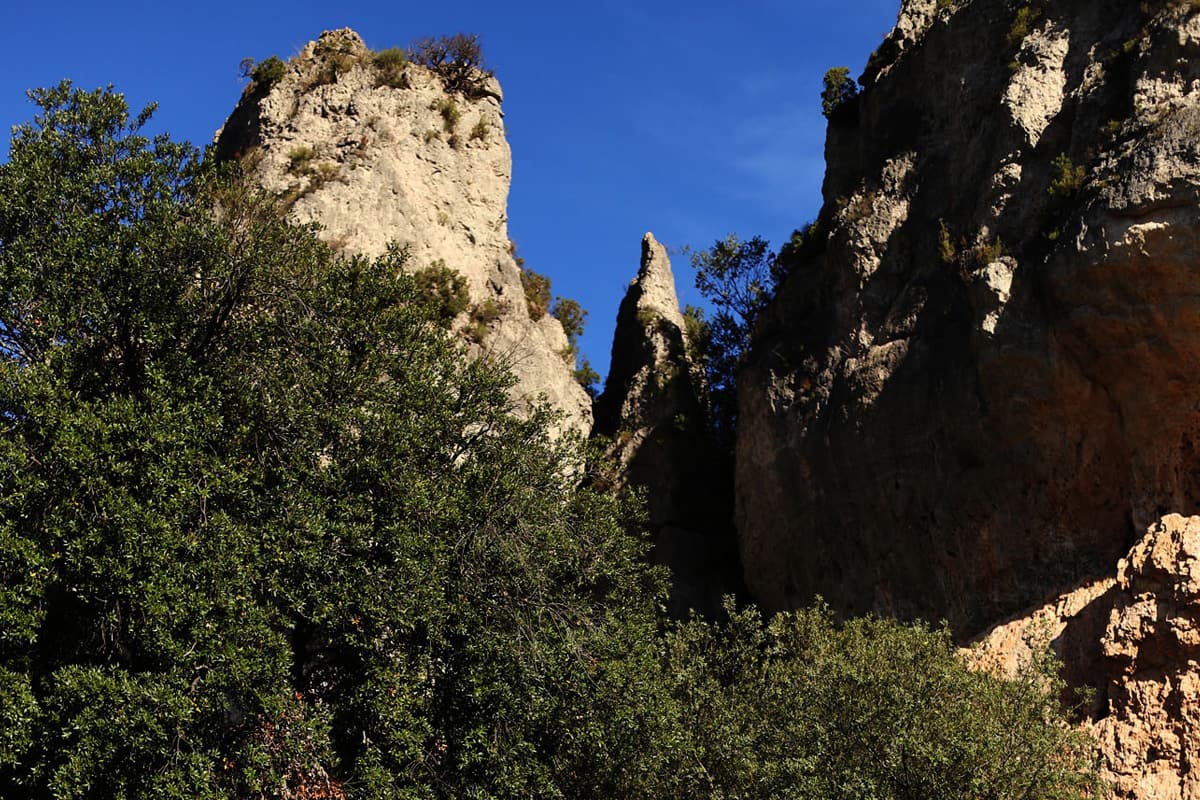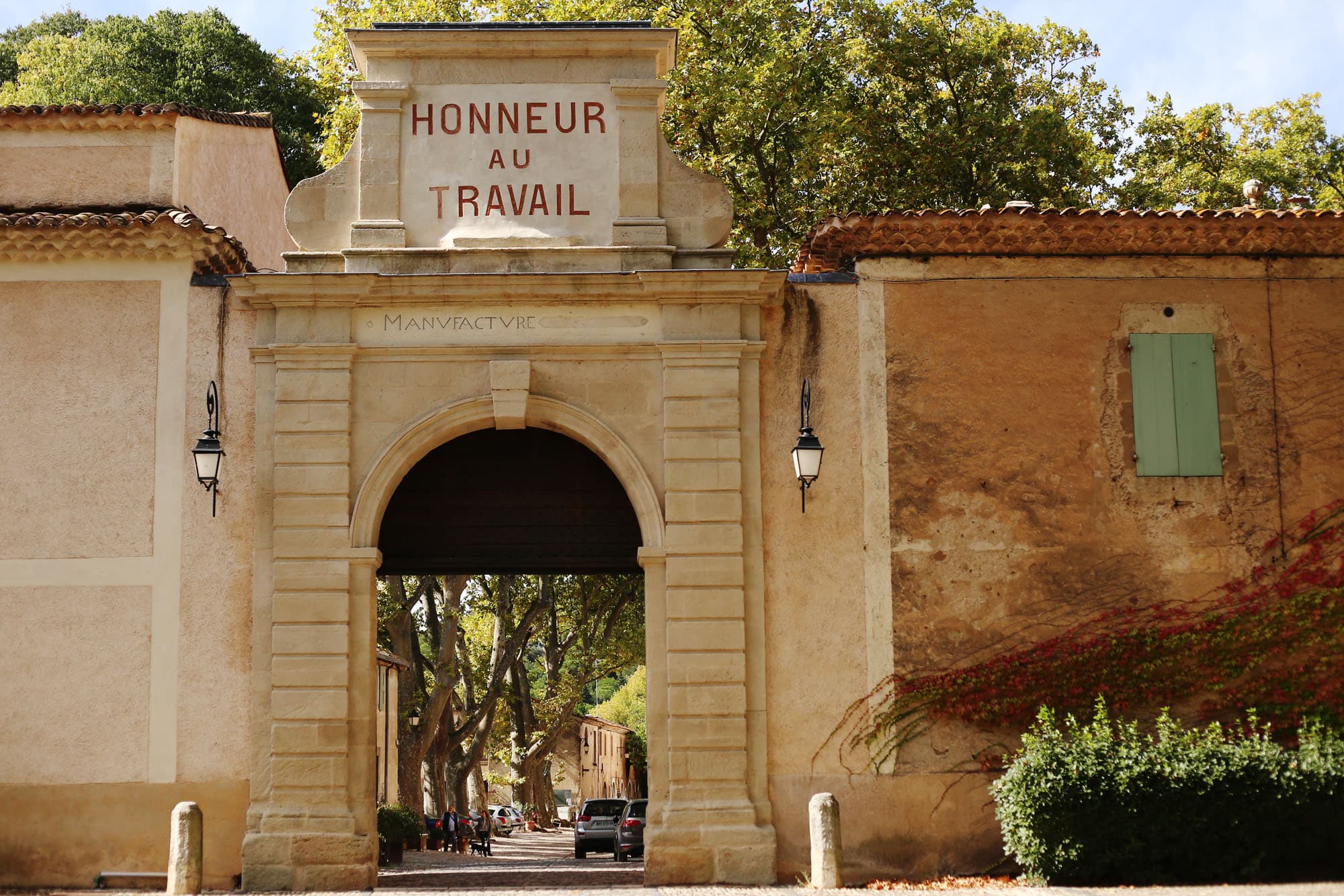The Salagou’s surrounding area
This dolomitic limestone outcrop spreads across over 300 hectares, characterised by its “ruiniform” scenery and Mediterranean vegetation that grows so well in sandy soil: Bonsai-like Phoenician junipers, rosemary, heather and pines. The Cirque de Mourèze is the oldest touristic site registered in the region (1941), with an old village alongside that used to be domineered by a château dating back to the 10th century.
The commune of Octon spreads over a vast area and is made up of several agglomerations. Château de Lauzières, Basse and Ricazouls are the oldest of these. Numerous Dolmens and Menhirs were discovered over the commune, in particular on the Causse de Toucou.
Villeneuve les Clermont which then became Villeneuvette is an ancient cloth manufacturer created in 1670. It became the Manufacture Royale at the beginning of the 18th century. The cloth was of superior quality and destined for a market called “Les Echelles du Levant”: they travelled from Marseille to the Middle East. Contrary to popular thinking, the beautiful cloth was actually made in France, in particular in the south of the Languedoc at the instigation of the minister Colbert. In the 19th century, the new owners installed a paternalistic system oriented to manufacturing sheets for troops (cloth for the French or foreign armies). The factory closed down in the 1960s.
The present town of Clermont l’Hérault was created between the 11th and 12th centuries, following the construction of a feudal castle and an agglomeration protected by a wall (the Pioch district). A pre-existing Roman-style church is situated outside the battlements. Between the 13th and the 15th centuries, a new gothic-style edifice was built: the church of Saint Paul is characterised by its fortifications (tours, arrow-slits and machicolations). The principal economic activity is commerce. The weekly market was mentioned for the first time in 1130. Sheets and leather manufacture were the town’s main resources between the 14th and the end of the 19th century. Once the railway arrived in 1863, then viticulture took over.
The oldest human occupancy in the commune of Lacoste is situated in the commune of Cornils. This village was originally under the seigniorial of the Guilhems, the Seigneur of Clermont l’Hérault, and became an independent fiefdom in 1270. In 1647 under the Montaguts, Lacoste was established as a Barony. Several owners succeeded until the French Revolution; the final being the Marquise of Poulpry.





